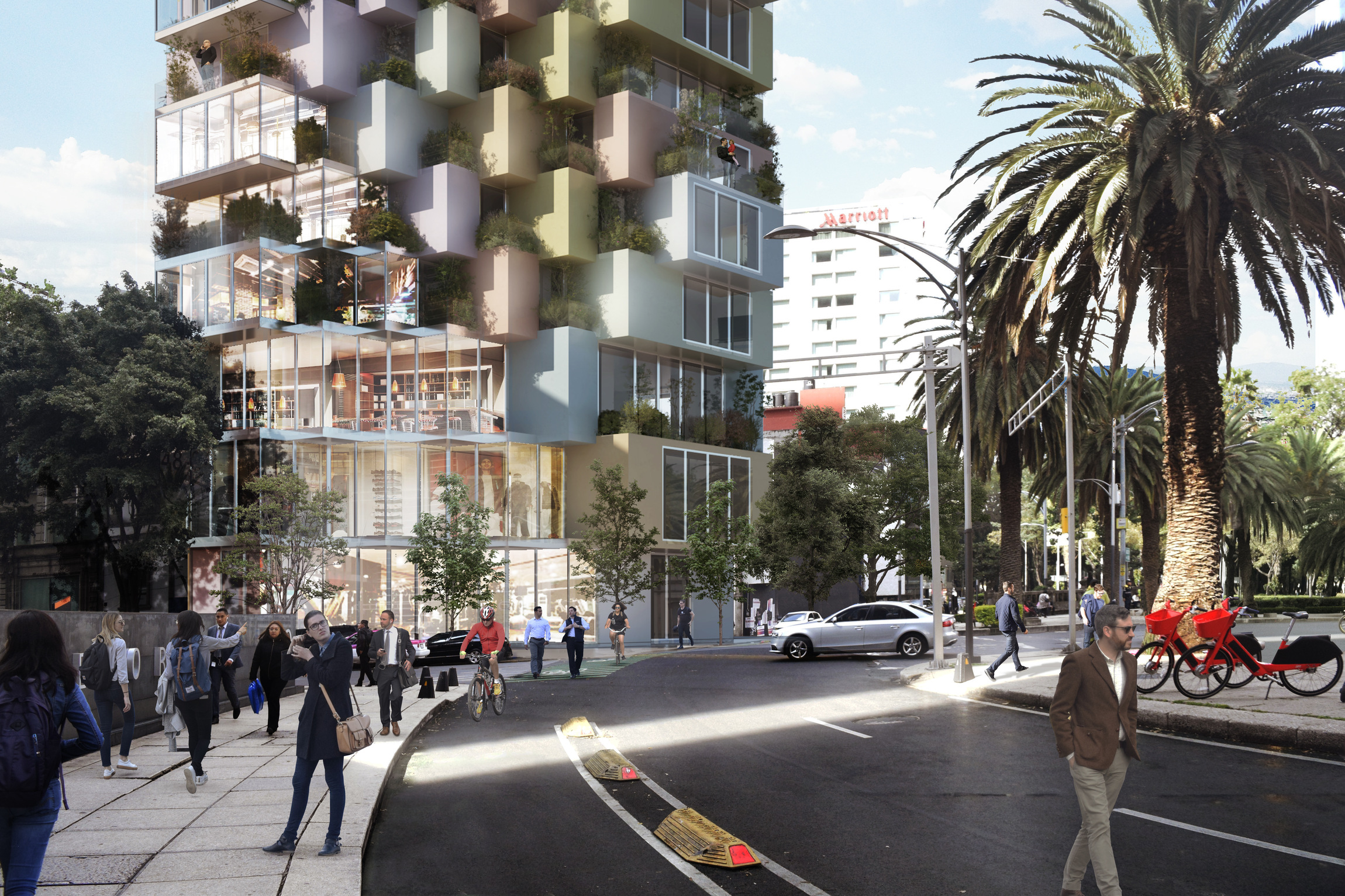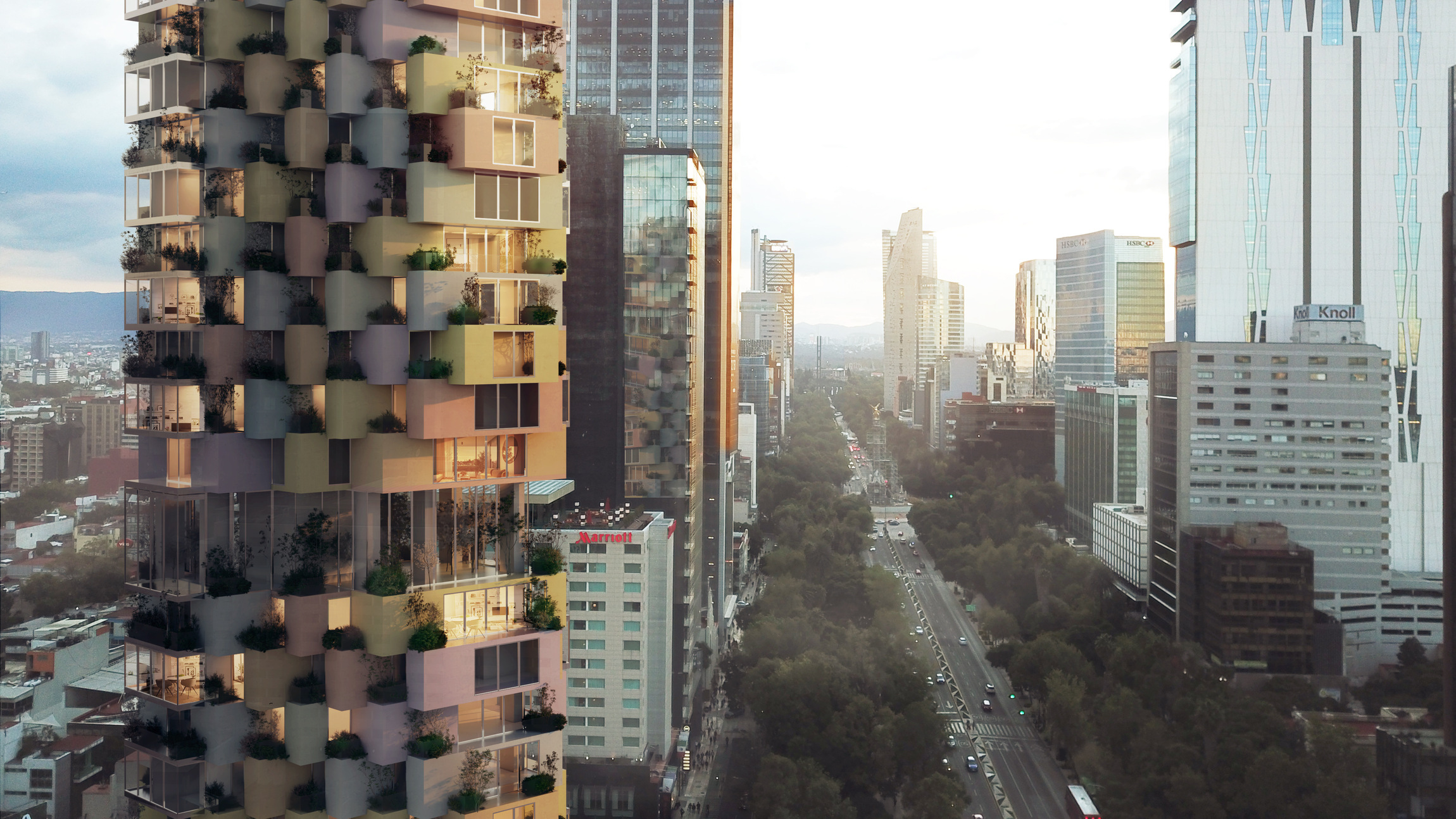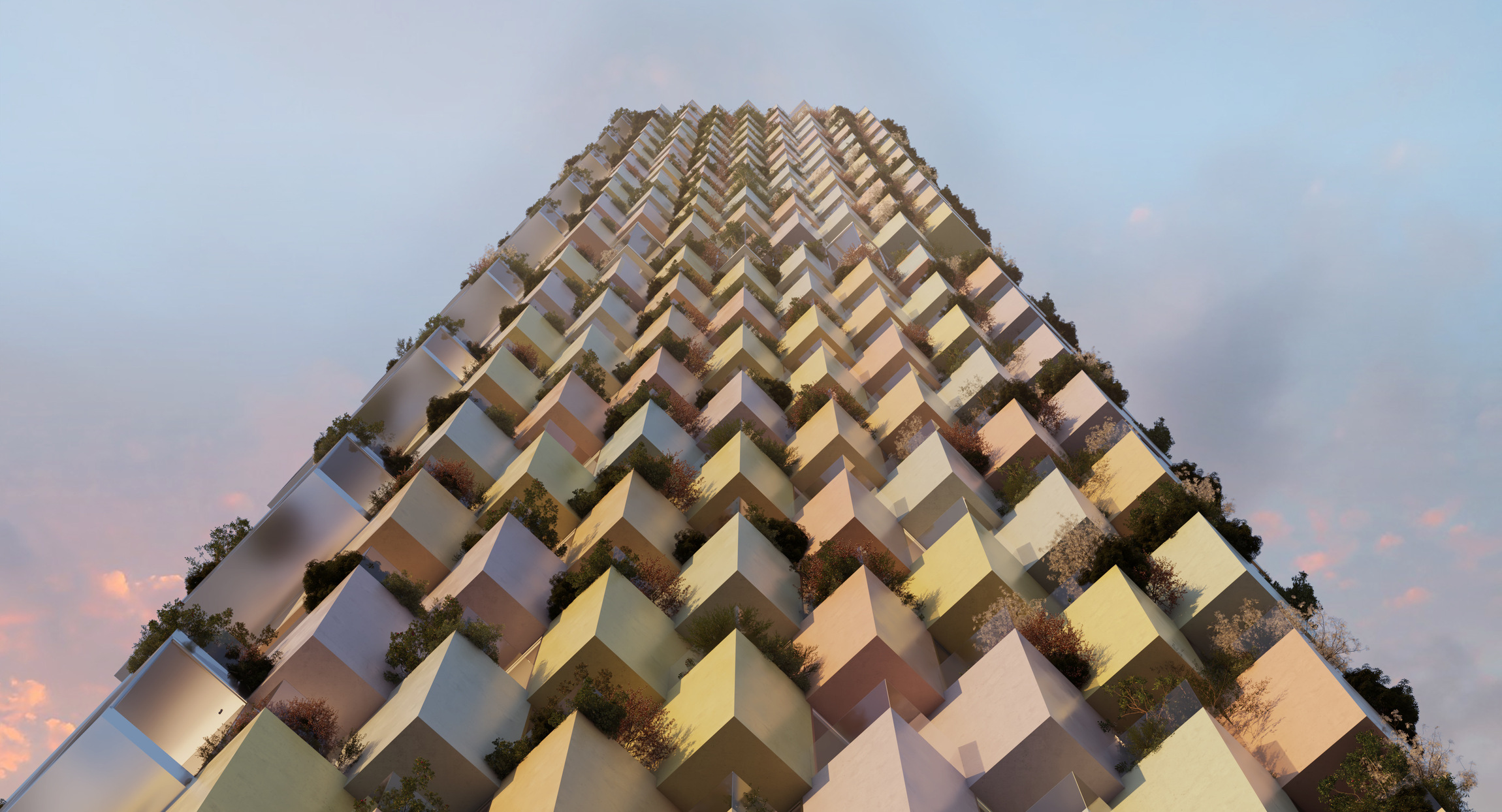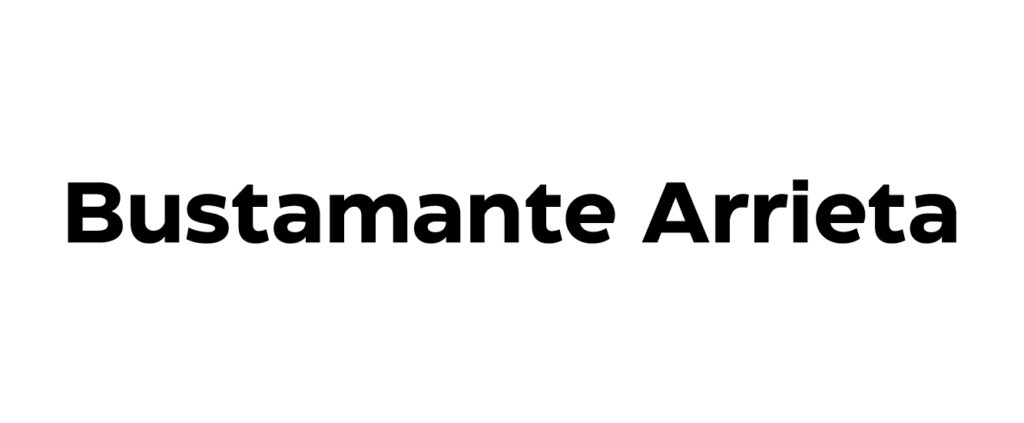
TORRE REFORMA
Paseo de la Reforma has always been Mexico City’s most emblematic avenue—a historic corridor that today serves as the country’s leading financial and corporate center. Framed by some of the city’s most vibrant and desirable neighborhoods, Reforma offers a dynamic mix of cultural, commercial, and residential activity. This makes it particularly attractive to a new generation of national and international professionals, especially those between the ages of 30 and 40.
Over the past 15 years, the surge in demand for housing in the area has triggered a real estate boom. High-end developments have flourished, property values have skyrocketed, and many older buildings have been converted into short-term rentals catering to digital nomads. While profitable, this trend has also accelerated gentrification and pushed affordability further out of reach for the average worker.
At the same time, Mexico City continues to suffer from unchecked horizontal expansion. This has led to rising housing costs, longer commutes, increased pollution, traffic congestion, and widespread public health concerns. This issue isn’t unique to Mexico City—it’s a global phenomenon affecting major capitals and metropolitan areas around the world. The consequence: working-class populations are being pushed to the urban periphery, often without access to quality infrastructure or efficient public transportation. In Mexico City, the average commute from the outskirts to Paseo de la Reforma is over two hours each way.
So we asked ourselves: How can we change that?
A client approached us with a small but prominent 500-square-meter plot at the intersection of Paseo de la Reforma and Niza. With development rights for 45 floors, his vision was to create 45 luxury apartments—one per floor—targeted at the top 1% of the market.
Instead, we proposed something radically different.
What if this tower wasn’t for the elite, but for the people who actually power Reforma every day?
The receptionists, designers, junior analysts, baristas, assistants—the young, low-income professionals who fuel the city but are priced out of it.
We reimagined the tower as high-density affordable housing: 240 compact yet thoughtfully designed units averaging 35 square meters each, with vibrant ground-floor retail and shared rooftop amenities. To give the building a strong identity and sense of belonging, each apartment typology is expressed through a distinct color on the façade—echoing the spirited and colorful homes on the city’s urban edge. Rather than another glass tower, we envisioned a vertical neighborhood: a beacon of inclusivity and pride within the city skyline.
The People’s Tower is a statement.
It challenges the conventions of luxury-driven urban development and offers a tangible benefit to those who need it most. It’s an effort to reclaim the center for the people who keep it running—and to inspire a more equitable vision for the future of our cities.




TORRE REFORMA
Paseo de la Reforma has always been Mexico City’s most emblematic avenue—a historic corridor that today serves as the country’s leading financial and corporate center. Framed by some of the city’s most vibrant and desirable neighborhoods, Reforma offers a dynamic mix of cultural, commercial, and residential activity. This makes it particularly attractive to a new generation of national and international professionals, especially those between the ages of 30 and 40.
Over the past 15 years, the surge in demand for housing in the area has triggered a real estate boom. High-end developments have flourished, property values have skyrocketed, and many older buildings have been converted into short-term rentals catering to digital nomads. While profitable, this trend has also accelerated gentrification and pushed affordability further out of reach for the average worker.
At the same time, Mexico City continues to suffer from unchecked horizontal expansion. This has led to rising housing costs, longer commutes, increased pollution, traffic congestion, and widespread public health concerns. This issue isn’t unique to Mexico City—it’s a global phenomenon affecting major capitals and metropolitan areas around the world. The consequence: working-class populations are being pushed to the urban periphery, often without access to quality infrastructure or efficient public transportation. In Mexico City, the average commute from the outskirts to Paseo de la Reforma is over two hours each way.
So we asked ourselves: How can we change that?
A client approached us with a small but prominent 500-square-meter plot at the intersection of Paseo de la Reforma and Niza. With development rights for 45 floors, his vision was to create 45 luxury apartments—one per floor—targeted at the top 1% of the market.
Instead, we proposed something radically different.
What if this tower wasn’t for the elite, but for the people who actually power Reforma every day?
The receptionists, designers, junior analysts, baristas, assistants—the young, low-income professionals who fuel the city but are priced out of it.
We reimagined the tower as high-density affordable housing: 240 compact yet thoughtfully designed units averaging 35 square meters each, with vibrant ground-floor retail and shared rooftop amenities. To give the building a strong identity and sense of belonging, each apartment typology is expressed through a distinct color on the façade—echoing the spirited and colorful homes on the city’s urban edge. Rather than another glass tower, we envisioned a vertical neighborhood: a beacon of inclusivity and pride within the city skyline.
The People’s Tower is a statement.
It challenges the conventions of luxury-driven urban development and offers a tangible benefit to those who need it most. It’s an effort to reclaim the center for the people who keep it running—and to inspire a more equitable vision for the future of our cities.



